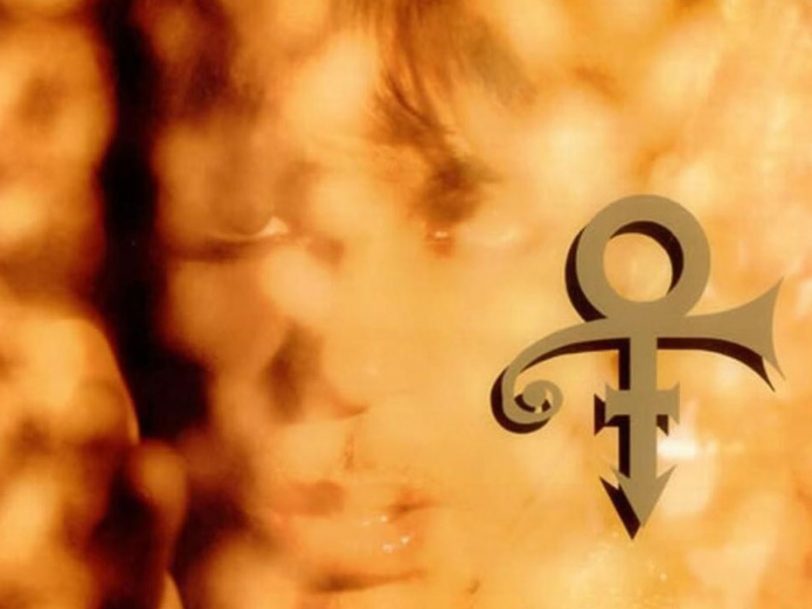By the time The Gold Experience hit the shelves, in the autumn of 1995, Prince had already been promoting it for a year and a half – though not in the usual way. Rather than tell fans where they could buy the album, online posts came with “Release Date: Never!” warnings, while Prince explained that the only way to hear its songs would be to see him play them live. “From now on, Warner only gets old songs out of the vault,” he’d told Vibe magazine a couple of years earlier. “New songs we’ll play at shows. Music should be free, anyway.”
Listen to ‘The Gold Experience’ here.
“I’m going my way. Try and stop me”
Freedom was exactly what he had in mind when it came to The Gold Experience. Increasingly agitated at his record label’s reluctance to release new music as fast as he recorded it, Prince had changed his name to an unpronounceable symbol – dubbed “Love Symbol” – in 1993 as the first step towards extricating himself from his contract with Warner Bros. The second step was to prove he didn’t need any record label at all, resulting in a fractious public battle in which Prince claimed Warners were holding back his art.
Convincing the label to let him release The Most Beautiful Girl In The World – a soaring ballad with a heavenly falsetto that had no trouble holding its own in a golden era for R&B music – through his own NPG Records imprint on Valentine’s Day 1994, Prince scored his first UK No.1 single, and watched as the song raced into the upper echelons of the Billboard Hot 100 and Hot R&B Singles charts in the US. “He did that prove to them that he doesn’t need them, they need him,” New Power Generation drummer Michael Bland told this author for the book Lives Of The Musicians: Prince. “These are the things that were involved with him finally saying, ‘I’m going my own way. Try and stop me.’”




